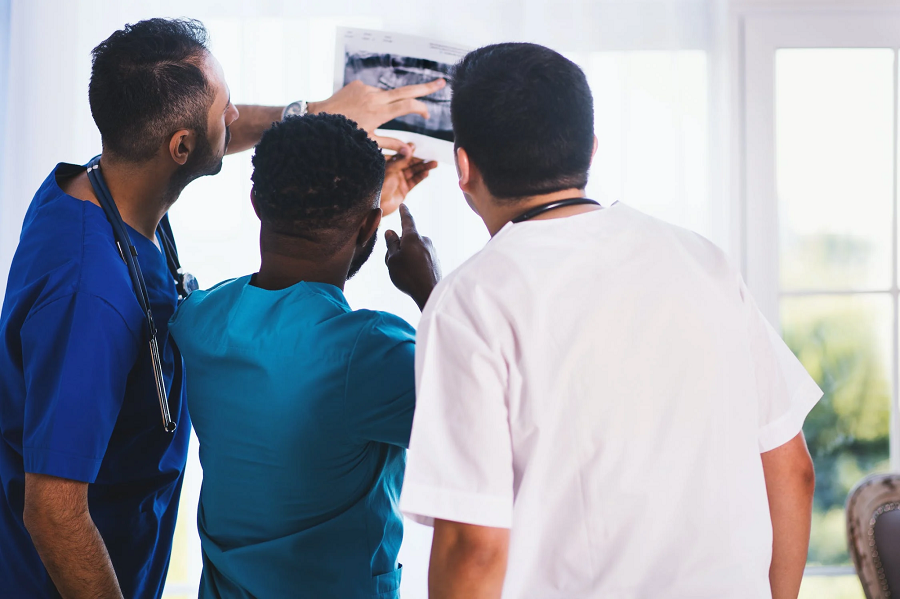How Emerging Technology is Affecting Dental Practices
The developments in technology are transforming many industries, and the dental industry is definitely one of them. Artificial intelligence is one of the biggest corporate buzzwords at the moment, because of its capacity to completely transform business operations. There are many reasons why new technologies have the potential to blow the industry wide open, and they could transform how people see their teeth and have dental procedures. If you’re a patient who is keen to see how dental practices transform their business, a dentist, or someone who runs a dental practice, you need to keep an eye out for these transformative technologies.
Laser Dentistry
Laser dentistry is one of the largest emerging trends in the dental industry and has the potential to transform it inside out. Laser dentistry, which is conducted entirely by laser technology with minimal input from the dentist, is most effective when used on soft tissue procedures. Gum contouring and crown altering can be performed very effectively with a laser, and could really modernise and optimise dental efficiency. Teeth whitening and cavity detection could also possibly be done by laser technology, which could reduce human error when it comes to detecting dental issues.
3D Printing
Three-dimensional printing has been around for a while, but it hasn’t been used to its full potential in the dental market – yet. There is a huge potential for 3d printing to completely transform how dentists create implants for patients. Printing custom Dental Implants and dentures at a very fast pace is now completely possible due to the invention of the 3D printer. It could completely reduce the cost and time associated with custom dental implants, making them more accessible and allowing more patients to access the technology. Essentially, 3D printing has allowed dental implants to be more comfortable and effective.
Oral Cameras
The development of new intraoral cameras is fantastic, as they can be used as a diagnostic and analysis tool in order to create better treatment plans for patients. The new developments in intraoral cameras have built-in lights and multiple small cameras, allowing a better picture of the insides of the teeth to be mapped out. Before, intraoral cameras were large and cumbersome and made the patient feel uncomfortable. However, the development of these tiny cameras means that diagnosis can be much easier and patients can have peace of mind.
Virtual Reality
Virtual reality is the term for a programme where you can experience a different faux reality. It has been extremely popular in business and gaming, however, there is a huge potential for it to be helpful within dentistry. VR could be used to train dentists, allowing them to have more experience before they start working in a patient’s mouth. This could allow them to have way more expertise and confidence, helping them better understand teeth structure and common dental procedures. VR is one of the most exciting possibilities when it comes to transforming the dental industry, and how dentists can be trained.
Teledental Health
Throughout the pandemic, teledental health had to develop because of the worldwide lockdown restrictions that were imposed over the course of 2020-2021. It was a saving grace for public dental health during the pandemic, allowing people to still access their dentist despite the lockdown restrictions. Although teledentistry is somewhat limited, certain developments have been made to allow dentists to diagnose and help patients much better. This is also helpful to people that are bed bound, allowing them to access the dentist much easier than ever before. Teledentistry is making dental help much more accessible to everyone in society, which is amazing for societal health.
Artificial Intelligence
Artificial intelligence is a controversial technological development, but it is praised for its potential to streamline millions of business operations in a variety of different sectors. The number of scans, tests and data a dental practice stores often means that dentists have a lot of information to sort and sift through before they get to the information they need. However, artificial intelligence can make it much easier to streamline this process by identifying and filtering large data sets and organising huge amounts of data into organised categories. If AI programmes have access to enough data, they can possibly recommend treatment to the patient, allowing dentists to have more time to perform complex dentistry.
3D Imaging
3D imaging is one of the best alternatives to X-Rays and allows dental patients to have a better idea of what their teeth look like. It is a great tool for diagnostic purposes and is often used in restorative and cosmetic dental procedures. 3D imaging allows dentists to zoom in on potential dental conditions and makes it easier for dentists to treat problems before they become a huge issue. Leading dentists who specialise in orthodontics in Milton Keynes found that patients who had 3D imaging had better cosmetic procedures because the dentist had a more specific map of their teeth.
Keep an eye out for all the ways new technology could transform the dental industry in the future – it could transform the world of dentistry.
